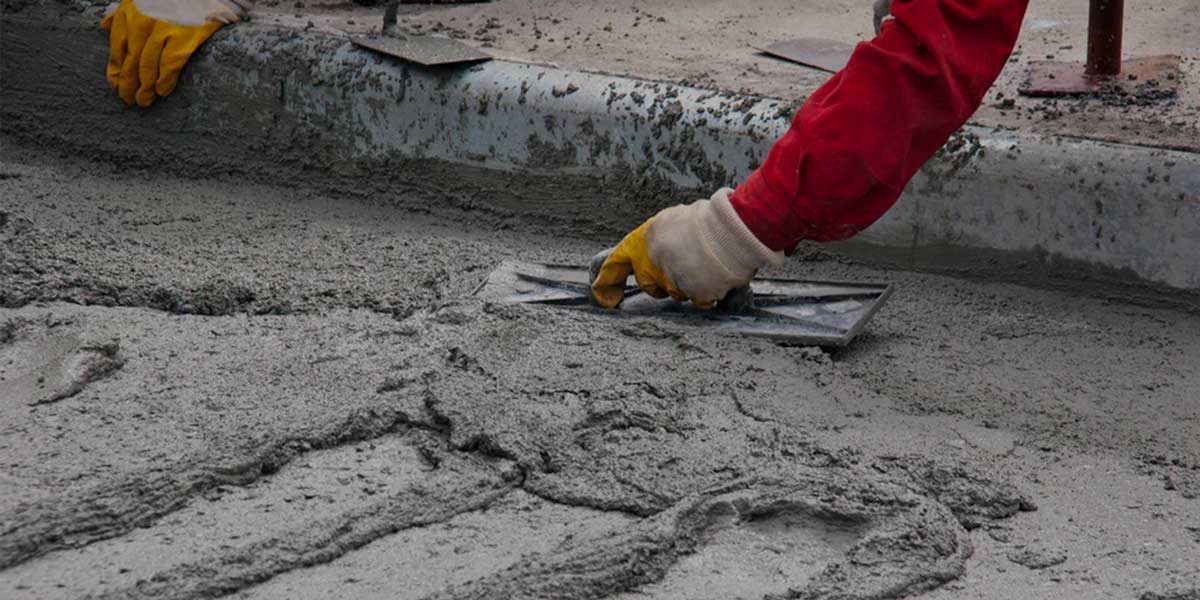Mix design
Cementos Yura recommends that you carry out a laboratory testing program to optimize admixture dosages with the blended cements/cement mixes and aggregates that will be used on site. This program should be based on good concrete mix design and correct laboratory methods. Also, it is essential to verify the proposed mixes under site conditions. The control mix (i.e., one without admixture) should be prepared before any other mix to prevent contamination with the admixture under test. Changes in materials and environmental conditions (e.g., temperature) can also change the effectiveness of additives; testing is essential if such changes are anticipated. If more than one effect is desired, then more than one additive may be required. Compatibility of additives, particularly if from different suppliers, needs to be tested using on-site materials.
Storage and handling
Most admixtures are aqueous solutions of biodegradable active chemicals. These two factors define the general rules for storage. Admixtures must be protected against freezing, as most have freezing points below 0°C. When an admixture freezes, the chemicals crystallize out of solution and do not quickly return to solution upon thawing. Also, it is necessary to protect admixtures from heat, as their degradation is accelerated at elevated temperatures. Admixtures should be stored out of direct sunlight and away from other heat sources. Many admixture companies provide light-colored, reflective packaging so that the admixtures can reduce heat absorption.
Dosing and dispensing
The correct admixture dosage is crucial to the satisfactory performance of a mixture and the proper use of well-maintained, well-calibrated equipment for dispensing admixtures is essential. Admixture suppliers typically provide, install and service dispensers, either manual or automatic. Admixtures should be added to a concrete during mixing along with the last portion of the mixing water in order to ensure uniform dispersion of the admixture throughout the concrete, unless delayed addition is necessary for a specific purpose. The admixture should not be added directly to dry cement or aggregates. For most admixtures, it is not necessary to change the concrete mixing procedure.
Safety
Although most admixtures are not hazardous to health, certain admixtures are caustic in nature and some may be flammable. The following safety procedures apply to all admixtures.
- Avoid contact with eyes, mouth and skin, as all chemicals should be considered toxic and corrosive. Contamination should be washed off immediately with plenty of clean water and all contaminated clothing should be removed and washed.
- Seek medical advice in cases of serious eye contamination, ingestion or excessive inhalation of fumes.
- Spillage of admixtures will cause floor areas to become slippery and unsafe. Spills should be immediately hosed down with water to avoid accidents.
Author: Eng. David Umiri Flores


